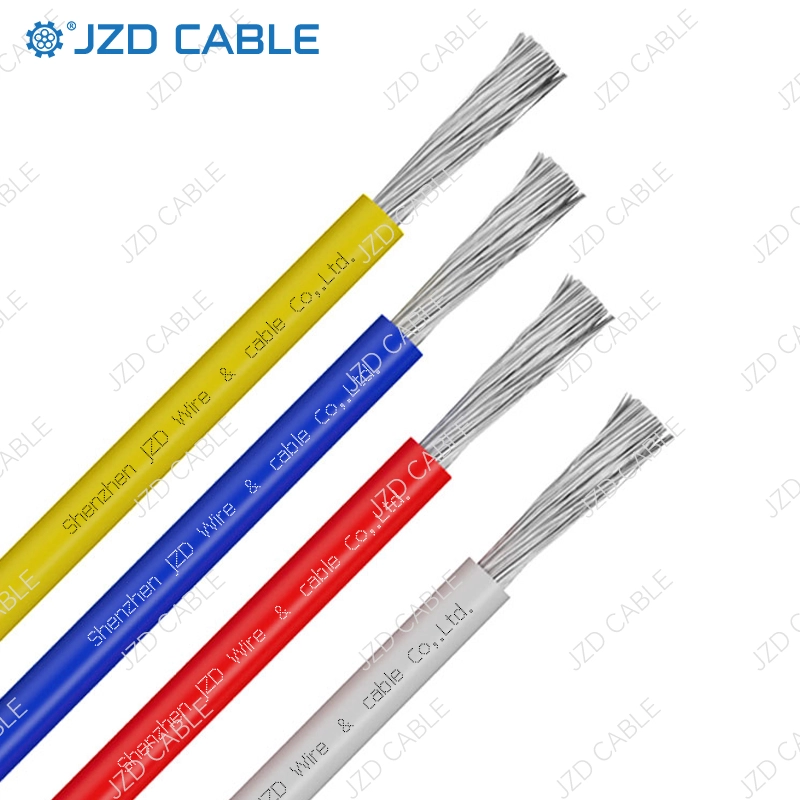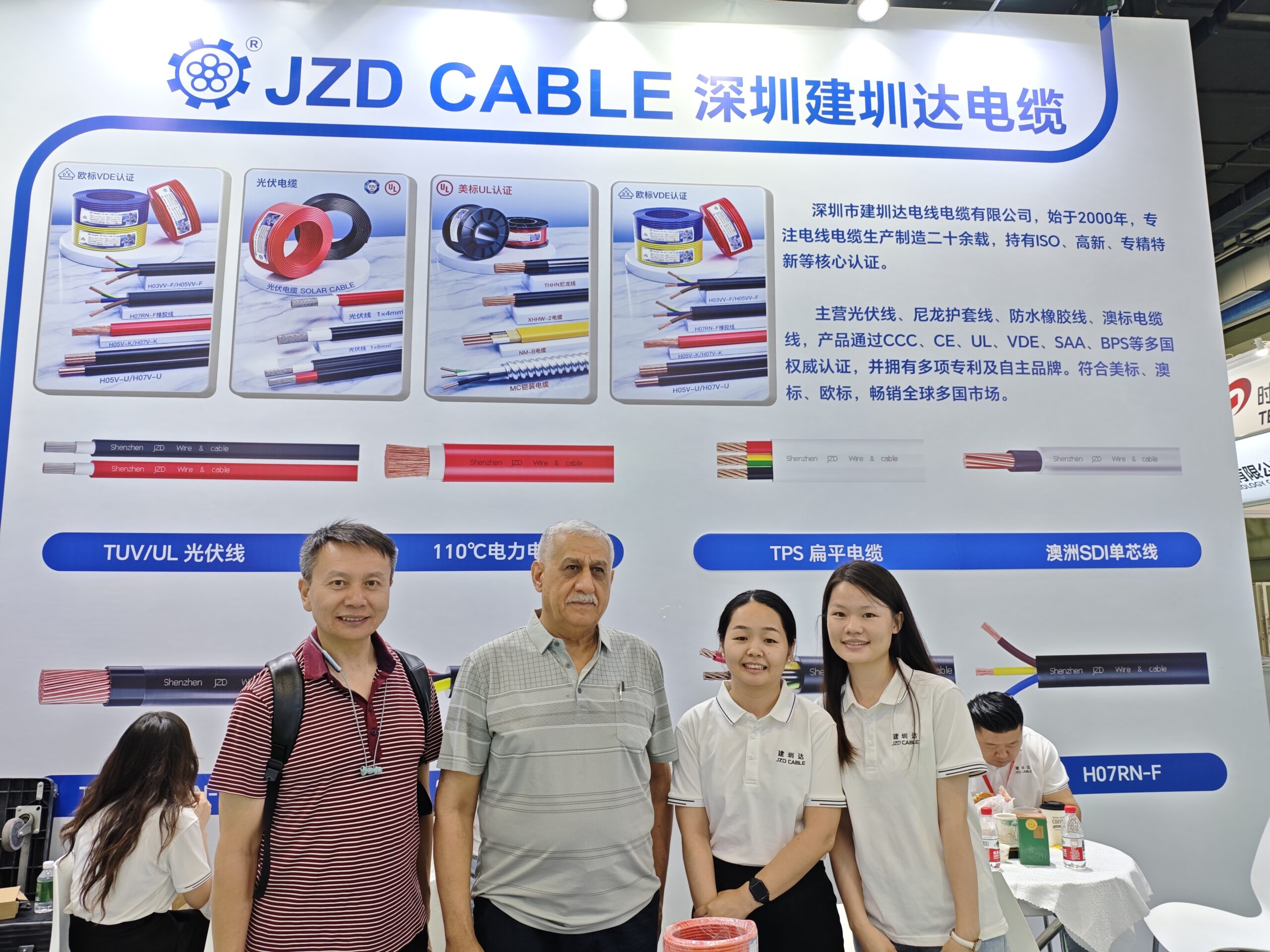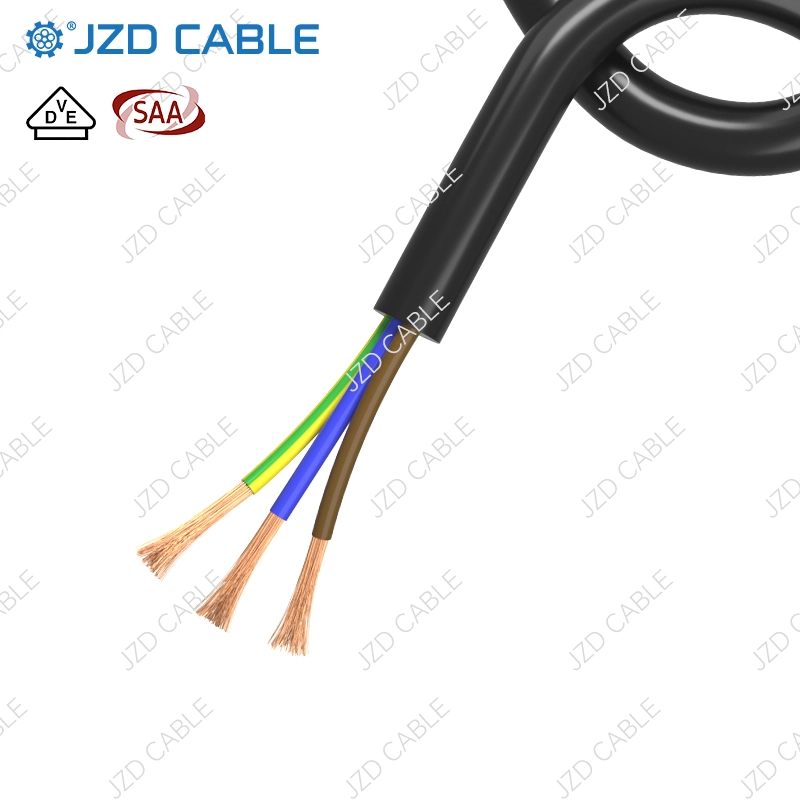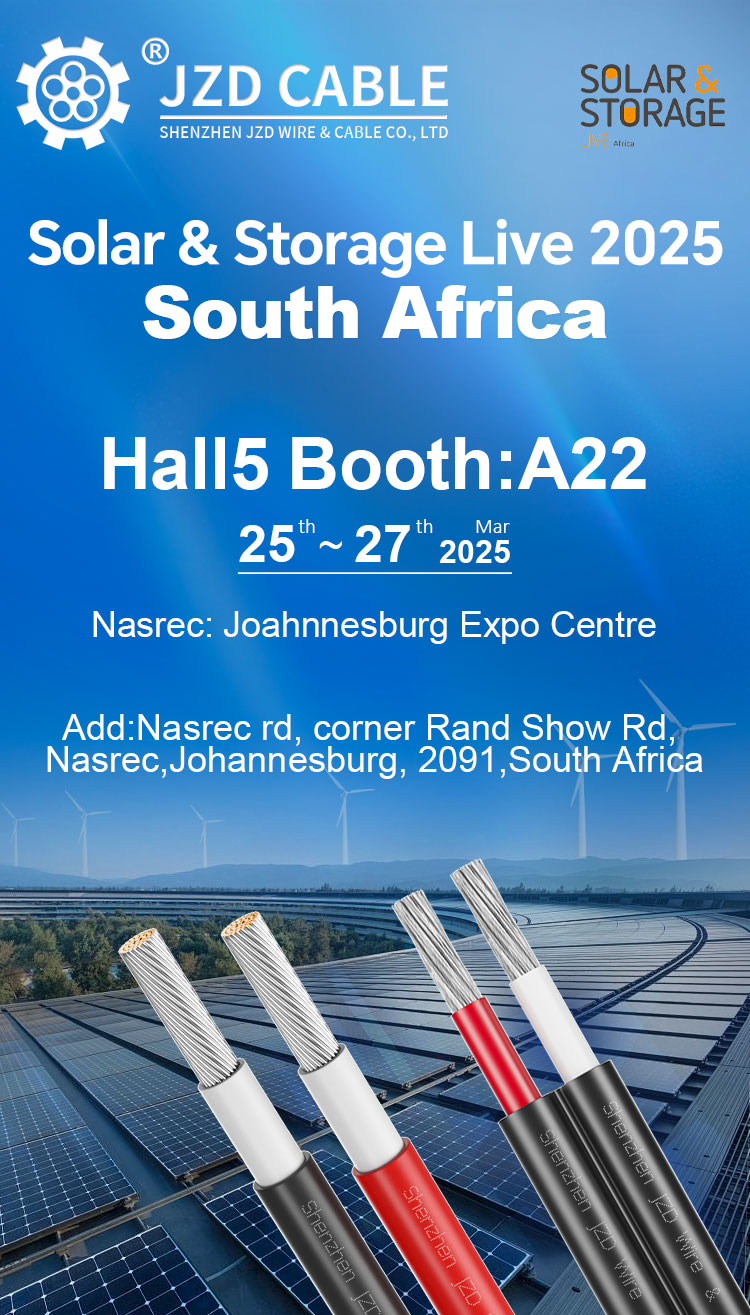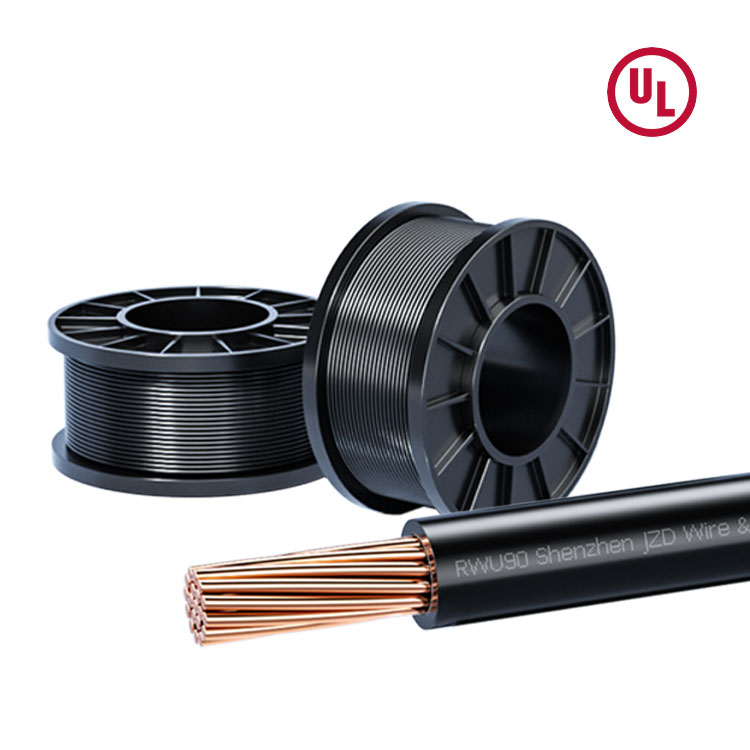Understanding UL Hook-Up Wire: Essential for Reliable Connections
In the complex world of electrical wiring, ensuring safety and reliability is paramount. UL Hook-Up Wire stands as a cornerstone for internal wiring in countless devices and systems. As a leader in cable manufacturing, JZD Cable provides certified UL Hook-Up Wires designed for performance and safety. Let’s explore what makes this wire unique and indispensable.
What is UL Hook-Up Wire?
UL Hook-Up Wire is a type of single-conductor, insulated electrical wire specifically designed for making internal electrical connections within appliances, control panels, transformers, motors, and electronic devices. Its name comes from its critical certification:
- UL Certification: Underwriters Laboratories (UL) rigorously tests these wires against specific safety standards (e.g., UL 1007, UL 1015, UL 1061, UL 1569). This certification guarantees the wire meets stringent requirements for insulation integrity, temperature rating, flame retardancy, electrical properties, and mechanical durability.
Key characteristics of UL Hook-Up Wire include:
- Rated Voltages: Typically 300V, 600V, or occasionally higher.
- Temperature Ratings: Common ratings are 80°C (176°F), 105°C (221°F), or 125°C (257°F), clearly marked on the insulation.
- Conductor: Usually stranded tinned copper for flexibility and corrosion resistance.
- Insulation: PVC, Polyethylene, or Silicone, chosen for durability and specific environmental resistance (e.g., MTW – Machine Tool Wire).
- Sizes (AWG): Available in a wide range, commonly from 30 AWG (very fine) up to 10 AWG or larger.
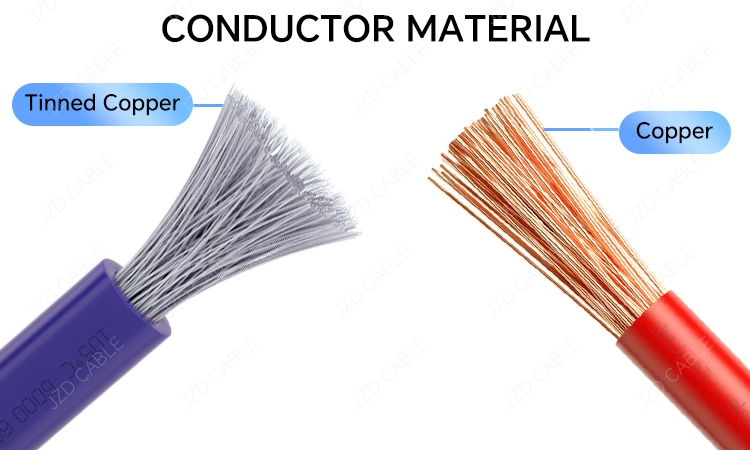
Where is UL Hook-Up Wire Used? (Key Applications)
UL Hook-Up Wire’s versatility and safety certification make it indispensable in applications requiring reliable internal connections and critical safety standards:
- Appliance Manufacturing: Inside ovens, refrigerators, washing machines, HVAC units.
- Control Panels & Automation: Wiring within electrical cabinets, PLCs, switchgear, signal circuits.
- Industrial Machinery & Robotics: Power and control wiring in motors, sensors, actuators on factory floors.
- Automotive (Non-High Voltage Areas): Dashboards, instrumentation, lighting circuits (using SAE or specific automotive grades).
- Medical Equipment: Low-voltage internal wiring in diagnostic machines, monitors (requiring biocompatibility where applicable).
- Consumer Electronics: Internal connections in TVs, computers, audio equipment.
- Transformers & Motors: Lead wires and internal connections.

What is the Difference Between Hook-Up Wire and Normal Wire?
This is a crucial distinction often confused. “Normal wire” isn’t a precise term, but typically refers to building wire or general-purpose cable used for power distribution between outlets, switches, and panels within structures. Here’s the breakdown:
| Feature | UL Hook-Up Wire | ”Normal” Wire (e.g., THHN/THWN-2) |
|---|---|---|
| Primary Purpose | Internal connections within equipment/devices | Power distribution within building structures |
| Certification | UL Standard specific (e.g., UL 1007, UL 1015) | UL Standards for Building Wire (e.g., UL 83, UL 44) |
| Voltage Rating | Lower (300V, 600V common) | Higher (600V standard, higher available) |
| Insulation | Designed for flexibility, component fit | Designed for conduit/raceway protection & abrasion |
| Typical Usage | Control panels, appliances, electronics | Residential/Commercial wiring circuits |
| Installation | Often terminated with connectors | Often installed in conduit or cable trays |
| Flexibility | Generally more flexible (fine-stranded conductors) | Generally less flexible |
- Safety Focus: Hook-up wire undergoes UL tests designed specifically for how it performs inside equipment exposed to heat, vibration, potential chemical contact, and internal arcing risks. Building wire is tested for fire safety within walls and conduit systems.
- Physical Differences: Hook-up wire often has finer stranding for flexibility within tight spaces and is typically single conductor. Building wire may be single or multi-conductor cable and often has thicker insulation suited for conduit.
- Substitution Warning: Using building wire inside equipment instead of UL-recognized hook-up wire violates safety codes, potentially voids UL listings for the entire device, and creates fire/electrical hazard risks due to unsuitable insulation properties or temperature ratings.
Why Choose JZD Cable for Your UL Hook-Up Wire Needs?
At JZD Cable (jzdcable.com), we specialize in manufacturing high-quality, certified UL Hook-Up Wires, including popular grades like UL1007, UL1015, UL1061, and UL1569. Our wires:
- Guarantee compliance with essential UL safety standards.
- Offer reliable performance across demanding industrial and commercial environments.
- Are available in various gauges, insulation types, and colors.
- Can be customized to meet specific OEM requirements (lengths, labeling, packaging).

FAQs
- Q: What does “MTW” mean on some hook-up wires?
A: MTW stands for Machine Tool Wire. It’s a common designation for hook-up wire specifically designed for use in machine tools, control cabinets, and appliance wiring, often featuring oil and coolant resistance. MTW wire typically meets UL 1061 or UL 1569 standards. - Q: Can I use any wire rated for the voltage inside my project?
A: No. Voltage rating is just one factor. The UL certification specific to the application (like internal wiring) is legally required for safety compliance and liability protection. Always use the wire type specifically recognized for the end-use environment.
Conclusion
UL Hook-Up Wire is not just “wire”; it’s an engineered component critical for safety, performance, and compliance within electronic devices and industrial equipment. Understanding its specific purpose and the vital difference between it and building wire is essential for engineers, designers, and manufacturers. For reliable, certified UL Hook-Up Wires that meet rigorous standards, explore JZD Cable’s offerings at jzdcable.com.



